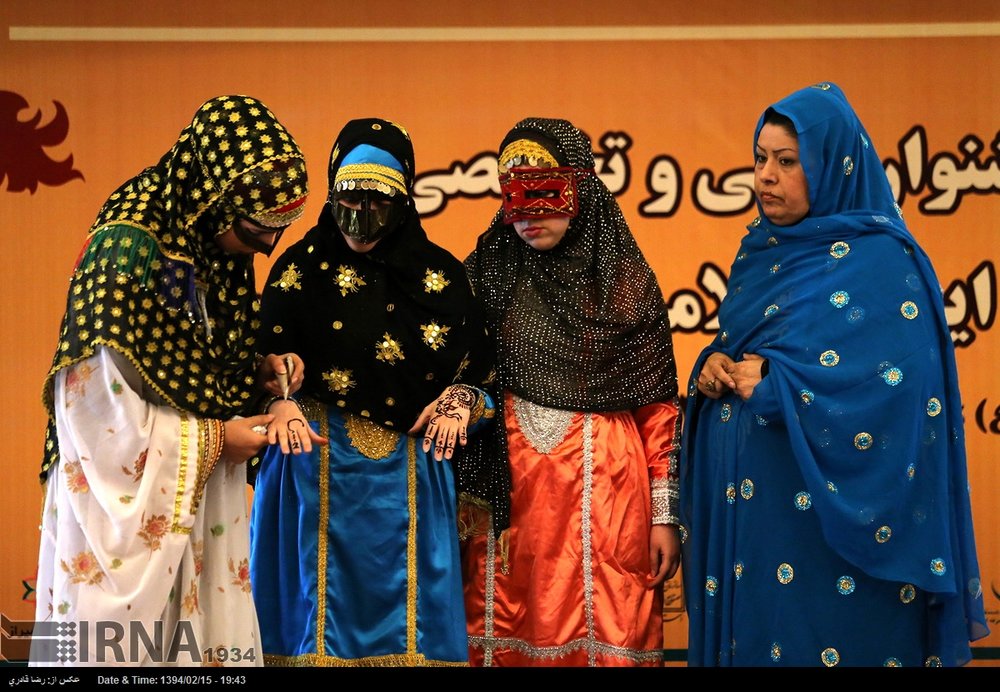TEHRAN – Iranian traditional clothing embraces a variety of colors, beauty and chastity, Masoumeh Ebtekar, the vice president for women’s and family affairs, said, adding the traditional outfit can become a pattern for girl’s clothing as well as female university students. The traditional elements and effects and the variation of colors applied in traditional clothing […]
TEHRAN – Iranian traditional clothing embraces a variety of colors, beauty and chastity, Masoumeh Ebtekar, the vice president for women’s and family affairs, said, adding the traditional outfit can become a pattern for girl’s clothing as well as female university students.
The traditional elements and effects and the variation of colors applied in traditional clothing creates visual hope and happiness, IRNA quoted Ebtekar as saying on Sunday.
The effects of using colors on wellbeing and freshness of human is scientifically proved, she noted.
Although, wearing traditional and tribal outfits is highly forgotten, wearing traditional dresses creates national pride and social happiness which is driven from the rich Iranian culture, she stated.
Policies have been taken by the presidential office for women and family affairs for revival of traditional outfits, Ebtekar announced.
Ebtekar further went on to say that in order to develop the art of making traditional dresses the presidential office for women and family affairs is cooperating with the working group of fashion and dress of the Ministry of Culture of Islamic Guidance.
Although the majority of Iranians are Persian, Iran has a varied population that includes different ethnic groups, each with their own language, tradition, and clothes, all of which add to the richness of the country’s culture. Traditionally marked in women’s clothes, it’s easy to identify which region or tribe the person belongs to based on the colorful fabrics, embroidered patterns, decorative jewelry, and style of hijab.
Bakhtiari The clothes of the Bakhtiari nomadic tribe are rather versatile, accounting for the extreme weather conditions they may encounter during migration. Colorful, layered skirts paired with matching vests are common for women. Their long scarves are embellished with hand-stitched designs or ornaments.
Qashqai
The Qashqai are another nomadic tribe. Women are distinguished by their voluminous, multi-layered, colorful skirts and long headscarves pinned under the chin, which allow loose pieces of hair to frame their face.
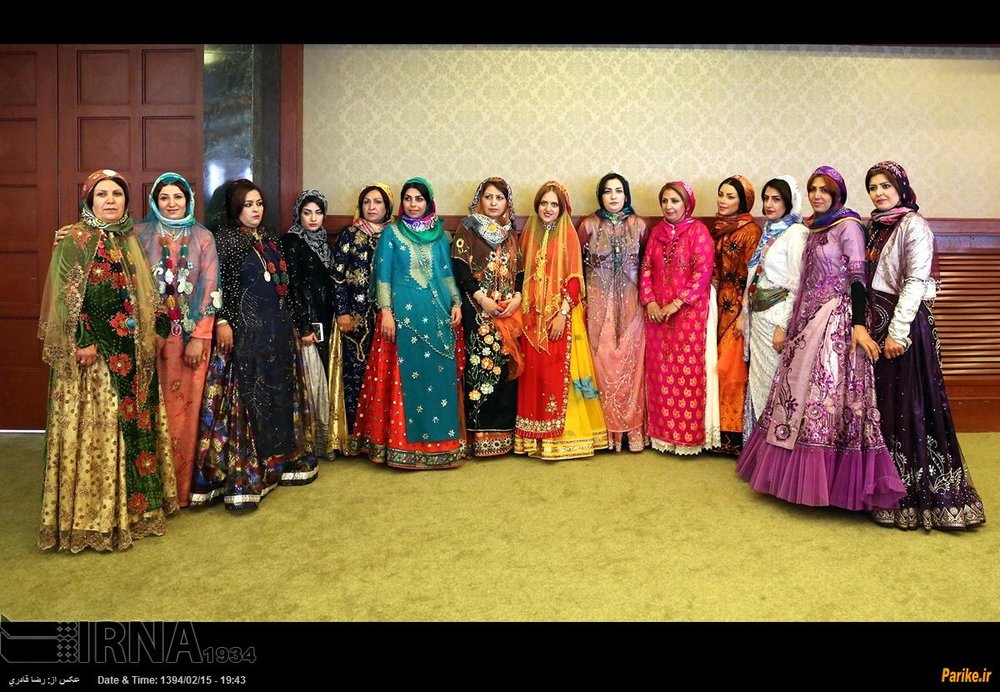
Baluchi
The southeastern Sistan and Baluchestan Province borders Pakistan and Afghanistan, and the traditional clothes of this region therefore resemble the typical shalwar kameez of these neighboring countries. Along with pants and colorful embroidered knee-length dresses, women adorn themselves with gold bracelets, necklaces, and brooches, and a second, longer shawl often covers their head and shoulders.

Turkmen
Earthy tones dominate the traditional dress of Turkmen men and women. Wearing long dresses with open robes, women often conceal part of their face with a cloth hanging just below the nose.
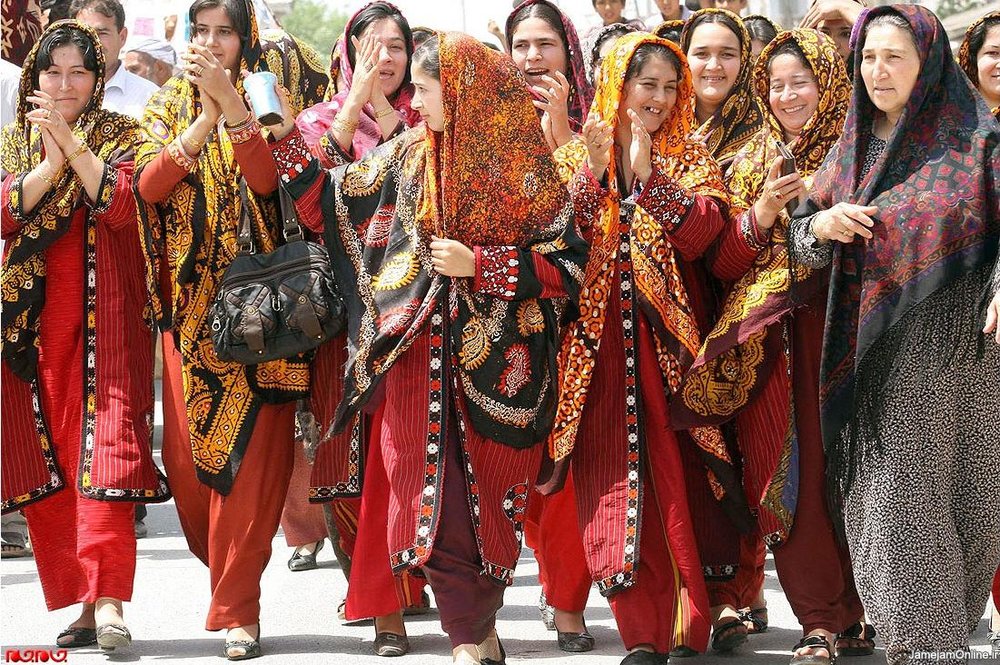
Kurds
Kurds have varying styles, as reflected by their residence in different regions. Both men and women tend to wear baggy clothes shaped at the waist by a wide belt. Men wear matching jackets, and women decorate their headscarves with dangling coins and jewels.
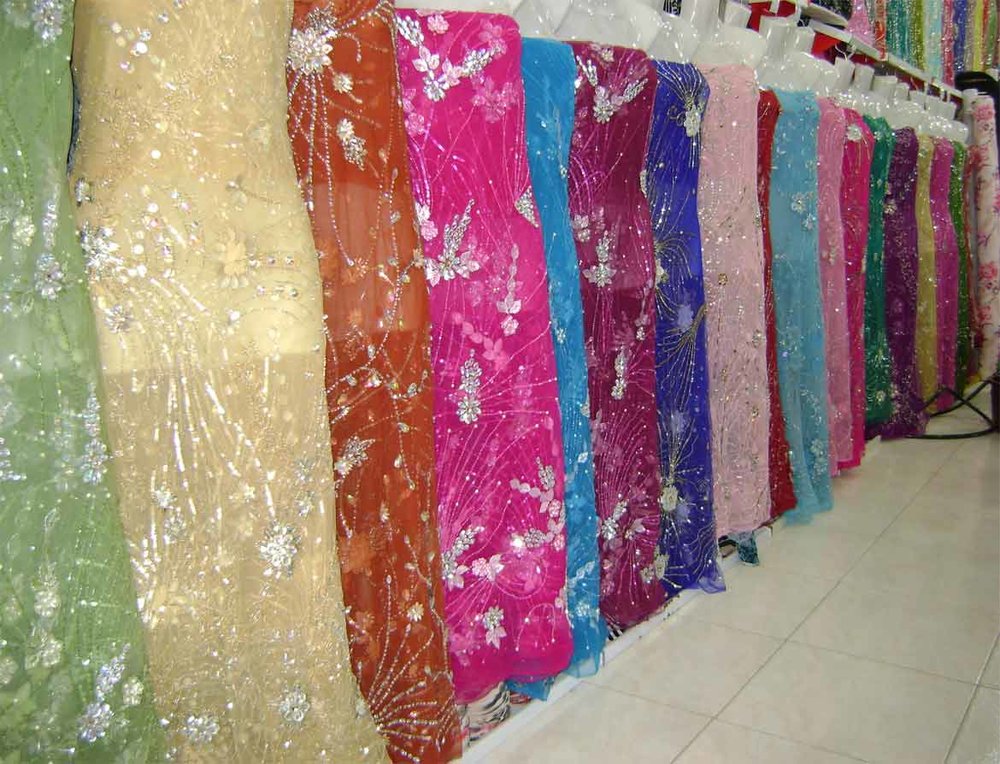
Lur
In contrast to Lur men, who favor neutral colors in their baggy clothes, women lean towards bright, feminine colors, with the trademark stripes hemmed on the pant cuffs. A vest reveals the sleeves of the long dress worn over the pants. After wrapping the headscarf around the head, neck, and shoulders, a long piece is left hanging down the back.

Gilaki
Worn with long shirts and matching vests, floor-sweeping skirts with colorful horizontal stripes at the bottom are the discerning features of the traditional Gilak wardrobe in the northern Gilan Province.

Mazani
With pants worn underneath, the traditional skirts of the northern Mazandaran region (north of Iran) are known to be much shorter and puffier than in other regions.
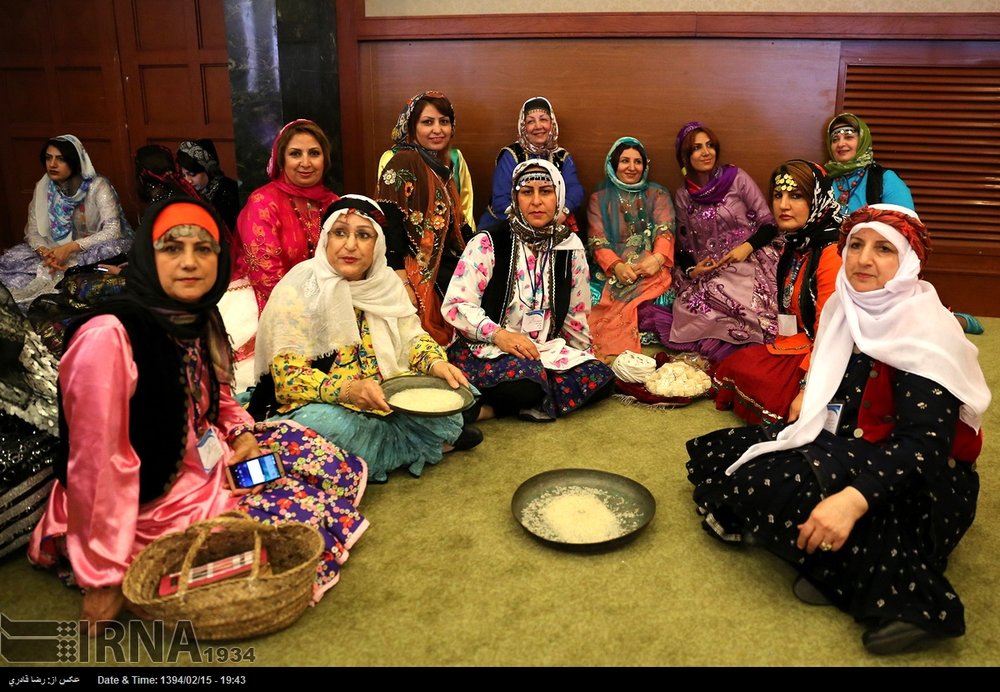
Village of Abyaneh
In the village of Abyaneh, Isfahan Province, the aging population has maintained their traditional clothes. Women continue to don airy, below-the-knee skirts and their signature long, white floral scarves that cover the shoulders.
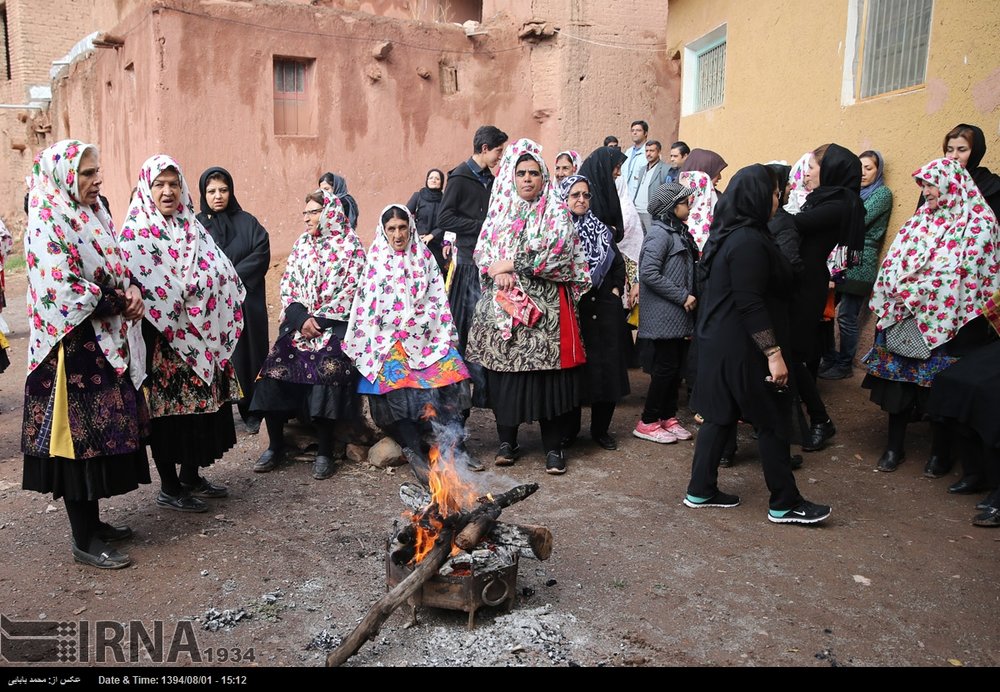
Southern cities of Bandar Abbas and Qeshm
The women in the southern port town of Bandar Abbas and the island of Qeshm are notable for their brightly colored, floral chadors and niqab, which come in two types. The first gives the impression of thick eyebrows and a mustache from afar, a ruse used in the past to fool potential invaders into mistaking women for men. The other is a rectangular embroidered covering revealing only the eyes. Many women choose not to wear the niqab today, but it is part of a centuries-old tradition that helped protect the face from the wind, sand, and scorching sun in these areas.
